|
“International Albariño Days” is almost upon us and everyone will be celebrating this aromatic white wine from the Denomination of Origin (DO) Rías Baixas during August 2nd thru August 7th. Rías Baixas is located in the northwestern corner of Spain in the Galicia region and is separated from Portugal by the Miño River to the south. Rías Baixas is divided into five growing areas (sub-zones) running from north to south. More than 99% of wines produced here are white, with Albariño representing 96% of all plantings. Each sub-zone differs in grape varieties, terroir, microclimates and winemaking techniques. However, the wines all share a common thread with characteristics of a soft yellow color, aromatic, vibrant acidity, fresh and dry with mineral overtones. The sub-zone of Val do Salnés is considered the birthplace of the Albariño grape and it is the original and oldest sub-zone of Rías Baixas. It has the most area grape plantings and is home to the largest cluster of wineries than any of the other sub-zones. Vineyards are planted on both slopes and flat valley floors. It is the coolest and wettest sub-zone with soils that are granitic, rocky and alluvial. Pazo de Señoráns Winery is located in the sub-zone of Val do Salnés in the municipality of Pontevedra. It is a family run winery that began production in 1989 and has been passed on to the second generation of four sons and daughters who are hand-on in all aspects of the business. They have 130.9 acres and make an impressive array of 100% Albariño wines. The vines are planted in the lowlands, close to the sea and the lower portions of rivers. I recently received a sample of Pazo de Señoráns Albariño 2017. This is a young and sassy wine! The color is pale lemon and it is very aromatic. Aromas of floral, citrus, pear, grapefruit and hints of the “briny” sea are enticing. On the palate this wine is packed with acidity, juicy fruit, fresh peach, apricot, soft citrus and minerality. Lingering notes of apricot and lemon zest give this wine an invigorating finish. SRP: $19.99 Alcohol: 13.5% Albariño wines pair well with many dishes such as light pasta, seafood, salads, cheese and fruit.
So, mark your calendar and don’t forget to toast International Albariño Days! Send me your photos and use the hashtag #MakeItAnAlbariñoWeekend Until next time… Cheers! Penina To leave a comment or if you have an inquiry, please contact me at [email protected] Veneto is a beautiful region in the northeastern part of Italy. With the eastern Dolomite Mountains, Carnic Alps, Venetian Pre-alps and the Adriatic Sea as its backdrop, the landscape just doesn’t get any better or more dramatic. It is simply breathtaking at every turn. The Veneto region is filled with small historic towns, hamlets, ancient castles and is home to the famous cities of Venice, Verona, Padua and Treviso. With a population of just under five million, Veneto is the 5th largest region in Italy. About 26 miles north of the Treviso airport are the small towns of Conegliano and Valdobbiadene, the home of Prosecco Conegliano Valdobbiadene DOCG, where some of the finest Prosecco is made. The area is also called Prosecco Superiore DOCG. Conegliano Valdobbiadene has ancient origins of vine growing dating back to the Roman Empire, but the first written documentation of connecting Prosecco to this area is 1772. With the D.O.C. being established here in 1969, historic production of Prosecco has been limited to 15 communes. In 2009, Conegliano Valdobbiadene Prosecco Superiore DOCG certification was issued. It is a countryside filled with hills and rolling slopes rising up from the Piave River. From early origins, a glacier slid down from the Dolomites and came to rest in a valley that eventually became the riverbed of the Piave. The river begins in the Alps and flows into the Adriatic Sea. The local soil is attributed to this glacier and can vary depending upon the slope of the hill. Some areas contain rock, sand, clay and iron oxides. In areas unaffected by the glacier, the soils contain marls and sandstone and are less deep and more porous. Because Conegliano Valdobbiadene is situated between the sea and Pre-alps, the area experiences a mild climate with constant breezes. Vineyards have great sun exposure and benefit from the altitude and broad differences between day and night temperatures. The slopes, micro-climate, sun exposure and various soils make this an ideal setting for growing Glera grapes for the production of Prosecco Superiore. In 1946, Epifanio Dal Bianco founded Masottina Winery located in Conegliano. Realizing the potential of the land, he expanded the family’s vineyards year by year. His eldest son Adriano and wife Franca and two brothers, Valerio and Renzo joined Masottina, advancing the company into the world of production. Adriano became an oenologist, graduating from Conegliano Oenological School where he learned the skills needed to take Masottina to a “cutting-edge, world-renowned” winery. Adriano remains CEO and winemaker and his wife Franca takes care of administration. Renzo is head of vineyards management Adriano’s three sons represent the third generation, with Filippo as sales manager for the Domestic Market and a few International Markets, Frederico as Marketing & Sales Manager and Edoardo who takes care of the production system. The family’s experience, work ethic, love of the land and passion for quality is evident in the wines they produce. Masottina has about 300 hectares of vineyards of which half are located in the historical Conegliano Valdobbiadene DOCG, including the area in the Rive of Ogliano, where Masottina produces their most elegant and expressive wines. Ogliano is in the easternmost hills of Conegliano and “Rive” refers to the most prized position on the hill. Below is a slideshow of Masottina and its breathtaking views. Masottina introduced “Rive di Ogliano” wines in 2009. The grapes are hand harvested and originate from only one location. Vintage and harvest location are indicated on the labels. “Contrada Granda” Rive di Ogliano Brut “Le Rive di Ogliano” Rive di Ogliano Extra Dry Some of Masottina’s other sparkling wines are: Conegliano Valdobbiadene Prosecco Superiore DOCG Brut, Extra Dry and Brut Biologico. Prosecco Doc Treviso Brut, Extra Dry and Prosecco Doc Brut Biologico Cuvée Rosé Extra Dry I have written several stories about the sparkling wines from Conegliano Valdobbiadene DOCG and I always enjoy drinking the wines from this area. However, I am in awe of how Masottina has taken Prosecco to another level. The wines are intensely aromatic with a wide range of flavors including citrus, tropical fruit, stone fruit, spice, floral and mineral. From the entry-level wines to the more complex Rive de Ogliana wines, each style is unique and expressive. And whichever Masottina sparkling wine you choose, it is the right choice! In addition to sparkling wine, Masottina also produces a small range of still wines under the label “Ai Palazzi” from their estates in the Colli di Conegliano and Tenuta Ai Palazzi, located in the province of Treviso. Masottina wines range in price from approximately $15 to $30. For more information about Masottina, their complete wine collection and availability of wines in your area, please visit: http://www.masottina.it Venice is approximately 39 miles south of Conegliano and a trip to Veneto would not be complete without visiting the “city of canals”. A private water taxi whisked us off for an enchanting afternoon and evening in Venice. We dined at a beautiful restaurant with our host Frederico Dal Bianco and tasted more of Masottina’s impressive wines. It was a very overcast day, but Venice never looked more beautiful to me! On our final day in Veneto, we toured the areas of Conegliano and Valdobbiadene, stopping to see historic sites that included Molinetto Della Croda, a 17th-century water mill and Abbazia Cistercense Santa Maria di Follina that dates back to the 12th century. The slideshow below depicts aspects of the tour including photos from our stay in the town of Conegliano. And yes, here is a sampling of the amazing food we had while in Veneto. As you can see, Veneto has much to offer and I can’t wait to return!
Grazie to the Dal Bianco family for your generous hospitality and for sharing your exceptional wines! Cheers! Penina All photos by Penny Weiss To leave a comment or if you have an inquiry, please contact me at [email protected] It was a perfect summer evening. And it seemed like a good time to open a bottle of Domaine Bousquet Rosé to usher in the weekend. Domaine Bousquet is located high up in the Gualtallary Valley of Tupungato, Argentina. The wines are quite noteworthy, incorporating French and Argentine techniques in the wine production. I have written several stories about Domaine Bousquet. If you have the time, click on the links below to read more about the history of the estate, climate, terroir and the dynamic Anne Bousquet and her husband Labid al Ameri. Day 622 Bonjour Argentina! - The WineKnitter http://thewineknitter.com/1/post/2018/01/day-622-bonjour-argentina.html Day 626 Bonjour Argentina! Part Two - The WineKnitter http://thewineknitter.com/1/post/2018/02/day-626-bonjour-argentina-part-two.html Domaine Bousquet Rosé 2018 is a blend of 45% Malbec, 45% Cabernet Sauvignon, 5% Sauvignon Blanc and 5% Pinot Gris organic grapes. The color is pink salmon with subtle aromas of strawberry, raspberry and a hint of citrus. The palate offers red berries, Bing cherries and a trace of lemon. This is a dry, crisp wine with medium acidity that is fresh and light. Alcohol: 13% SRP: $13 This is an easy wine to drink with salads, pasta dishes, fish and cheese. It paired beautifully with the pungent flavor of the Manchego cheese. I think this going to be a white and Rosé wine kind of weekend!
Stay tuned for my next story on my travels to Veneto! Until next time… Cheers! Penina To leave a comment or if you have an inquiry, please contact me at [email protected] Recently I visited three regions in Italy: Sicily, Veneto and Puglia. Each region is stunningly unique in topography, climate, wine, food and culture. Over the next few weeks, I will be writing about my experiences and impressions of these regions, starting today with Sicily. Here are a few interesting facts about Sicily. It is the largest Mediterranean island surrounded by the Ionian, Tyrrhenian and the Mediterranean seas. It is an island rich in culture and history with human activity dating back to around 12,000 BC. Sicily is considered a melting pot of ethnicities that include North Africa, Middle East, Greeks, Romans and Spaniards to name a few. There are roughly five million people living in Sicily today, making it the fourth most populated region in Italy. Santa Cristina Gela is a village in the province of Palermo, the capital of Sicily, and this is where my story begins. Situated on a picturesque background of gently rolling hills, valleys, vineyards, olive groves and mountains rising in the distance, sits Baglio Di Pianetto, a 100% organic winery. In addition to making noteworthy wines, Baglio Di Pianetto also offers hospitality and wine-tourism. Agrirelais Baglio is a charming guesthouse with well-appointed rooms and a restaurant offering excellent traditional and local cuisine. One can relax at the pool or enjoy a quiet moment in the reading room. Here is a slideshow of the beauty surrounding Agrirelais. And, if you’re fortunate to be visiting while Count and Countess Marzotto are there, you will be warmly greeted, as we were upon our arrival! Count Paolo Marzotto began researching the art of winemaking at a young age. His research and curiosity took him to many different regions across Italy, but he finally returned to his beloved Sicily in 1997 to Baglio Di Pianetto with a determination to fulfill his dream and passion for winemaking. And now, twenty years later, he has achieved an ideal balance between “tradition and innovation”. Paying homage to the environment, Baglio Di Pianetto is 100% organic and practices sustainable production in a state of the art facility. And every bottle of wine produced tells a story of the vines, the land and Sicily. The vineyards of Baglio Di Pianetto are divided between two estates, Tenuta Pianetto and Tenuta Baroni. Tenuta Pianetto, located in Northwest Sicily, has 88 hectares that fall under the Monreale’s DOC. The high altitude, micro-climate conditions and soils of clay and siliciclastic sedimentary rocks set the stage for growing Merlot, Cabernet Sauvignon, Grillo, Cataratto, Inzolia, Viognier and Petit Verdot. Tenuta Baroni is located in Southeast Sicily, close to Noto and just a few miles from the sea. The vineyards stretch over 70 hectares and except for Syrah, most of the grapes grown here are indigenous such as Nero d’Avola, Frappato, and Moscato di Noto. Mild temperatures, with low amounts of rainfall and soils of sand and limestone are conducive to growing these grapes. Both estates have olive groves and olive oil is produced from each estate. Renato De Bartoli, past winemaker and now CEO of Baglio Di Pianetto, gave us a guided tour of the facility. All grapes go through vinification where they are grown. However, the wine from both estates is aged in vats or barriques in Pianetto. The barrique and bottle cellars are located 32 meters below ground. (see drawing below) The temperature in the processing areas is regulated using natural insulation of rock and earth that surround the levels of the cellar. All the wine is bottled and packaged here at the Pianetto Estate. After our tour of the cellar, we tasted 18 wines from both estates. The wines were impressive, food friendly and captured the essence of respect for the land that Count Marzotto set out to achieve. Baglio Di Pianetto has four collections: Classici A blend of Sicilian and French grapes Riserve Native and foreign mono-varietals Naturali Unfiltered wines introduced in 2017 Monovarietali Bio Organic mono-varietals with an emphasis on “producing wine with a distinctive Sicilian connotation”. Although each wine was quite memorable on my palate, I did have a few favorites. Ficiligno Classici 2017 DOC Sicilia is 50% Insolia and 50% Viognier Ficiligno is named after the stone found in the soil at Pianetto Estate. The color is pale yellow with fragrant floral notes. Palate offers citrus, tropical fruit, honey and minerality. Ginolfo Riserve 2013 DOC Sicilia is 100% Viognier and is named after a clastic sedimentary rock found in Santa Cristina di Gela area. The color is vibrant gold and very aromatic with tropical fruit notes, spice and pear. Palate offers tropical fruit, honey caramel and hints of anise. This is a dry wine and quite refreshing. Ramione Classici DOC Sicilia is a 50/50 blend of both estates, Merlot from Pianetto and Nero d’Avola from Baroni. Color is royal ruby with red berry, spice and fennel aromas that segue onto the palate. It is a full-bodied wine with medium tannins and a hint of candy apple on finish. Cembali Riserve 2011 IGT Sicilia is 100% Nero d’Avola. Ruby red color with exhilarating aromas of dark berries, dark plum, spice and herbs. The palate is layered with intense dark berries, pomegranate, spice, and hints of balsamic and soft tannins. Salici Riserve 2012 IGT Sicilia is 100% Merlot. The aromas are intense with notes of dark berries, cherry, floral, and cloves. The wine is full-bodied and the palate is layered with dark raspberry, blackberry, plum, anise and subtle spices. The finish is long and jammy with velvety tannins. Superb! Ra’is Essenza Riserve IGT Terre Siciliane is 100% Moscato di Noto. This is a lovely dessert wine. Color is soft amber and it is very aromatic. Palate offers apricot, orange zest and honey with hints of marzipan on the finish. It is slightly sweet, but not cloying. Prices range from about $11 to $33 per bottle and the wines are distributed in the USA and abroad. On our last night in Palermo, we went on a walking tour of the old town and dined at one of the local restaurants. Palermo was founded in 734 BC. and its architecture represents Roman, Greek and Arabic design. Several palazzi and churches in Palermo are on Unesco’s World Heritage List. A slideshow is below depicting some of the architecture in Palermo. One of many treats while in the old town of Palermo was attending a preview of ArteInTavola Exhibition at Palazzo Bonocore,(16th century). The palazzo overlooks the Piazza Pretoria, (also known as “Square of Shame” due to all the nude statues), the Church of Santa Caterina (1566-1596) and Palazzo Bordonaro (16th century). The ArteInTavola Exhibition was a display of pottery, crystal, china and silverware, both historical and modern. Our group was allowed to choose any wineglass from the exhibit to drink from. As excited as we were, it was quite a responsibility to hold the glass without fear of breaking it. I chose a Versace wineglass and was thrilled to drink Baglio Di Pianetto Ra’is Essenza Riserve from it. Sweets from the Monastery of Santa Catarina were paired with the wine. Unfortunately for us, we had to return the wineglasses prior to leaving. And no story is complete without showing you a few food and wine photos! Sicilian cuisine is a mixture of many cultures both past and present. Couscous, local fish, red prawns, sardines, artichokes and freshly made cheese can be found on most menus. And yes…let me emphasize the word FRESH…everything is fresh! Sicily has never disappointed me with the quality of wines that are produced here and Baglio Di Pianetto is no exception. These are expressive wines that tell a tale and have definitely left a memorable impression on my palate. Thank you, Count and Countess Marzotto and Baglio Di Pianetto for your gracious hospitality and most educational and fun-filled stay! Cheers to you! Until next time…
Cheers! Penina To leave a comment or if you have an inquiry, please contact me at [email protected] I have a friend who when blindfolded and presented with many snifters of Cognac, can taste and name not only the brand but the classification as well. His ability to discern the differences has always impressed me. To start, Cognac is a type of brandy. Brandy is produced all over the world, but only brandy made in Cognac, France can be called Cognac. There are strict guidelines to adhere to when producing Cognac. 1) Only six white grapes are permitted and they must be grown in the AOC Cognac. The grapes are Ugni Blanc, Colombard, Folle blanche, Montils, Sémillon and Folignan. The growing areas allowed are Grande Champagne, Petite Champagne, Borderies, Fine Bois, Bons Bois and Bois à Terroir 2) The wine must go through two distillations in copper pot stills at which point the liquid is called eau de vie (water of life). 3) It is then blended and aged for at least two years in Limousin or Tron French oak barrels that impart color and flavor. 4) The Cognac must be a minimum of 40% alcohol. The labels on the Cognac bottles indicate how long the Cognac has been aged for. VS – A Cognac that has aged for at least two years. VSOP – A Cognac that has aged for at least four years. XO – A Cognac that has aged for at least ten years. Some Cognac houses use this classification for Cognac that has been aged 20 or more years. Jean-Baptiste Camus founded Camus in 1863 and it is the largest Cognac house that is still entirely family-owned. Today, Cyril Camus, fifth generation, heads the company. The family home is situated in the heart of Borderies cru and they are the largest landowners in the Cognac Borderies cru. The Borderies cru is the smallest of the AOC growth areas and is also the most coveted. Borderies is comprised of 4,000 hectares located on a plateau north of the Charente River. It is exposed to a maritime climate with a terroir of chalky soil containing clay and flint stones. The Cognacs produced from Borderies have distinct characteristics of a violet bouquet and a hint of nuts on the palate. Having tried Camus VSOP Elegance a few years ago, I was quite excited to receive samples of Camus VSOP Borderies and Camus Borderies XO. 2014 Camus Borderies VSOP Limited Edition is made of 100% single-growth Borderies grapes. The color is vibrant amber with flecks of orange. The nose is steeped in aromas of floral, spice, apricot, orange rind and hints of vanilla. The palate sings with layers of honey, spice, orange, sweet apple and vanilla. This is a rich and smooth cognac that plays to a long finish. Beautiful! Cellar Master: Patrick Léger Alcohol: 40% SRP: $54.99 Camus Borderies X0 is a single-estate Extra Old Cognac, aged in oak a minimum of 6.5 years. It is handcrafted from grape to bottle and produced in limited quantities. The grapes are harvested from the most prized vines in the Domaines Camus estate. This Cognac was first introduced in 2000. It is intensely aromatic with notes of violets, sherry and almonds that segue onto the palate. Hints of caramel, dried fruit and vanilla linger on the finish. The XO is rich, silky and truly decadent! When paired with dark chocolate, it is a sexy dance in the mouth! Cellar Master: Patrick Léger Alcohol: 40% SRP: $170 For additional information about Camus and their Cognacs, go to https://www.camus.fr
Although I may not be able to label Cognacs when blindfolded, I’m quite certain I could pick out Camus Borderies VSOP and XO in a lineup. They definitely stand out! Until next time… Cheers! Penina To leave a comment or if you have an inquiry, please contact me at [email protected] The plane is revving its engines and I’m ready to go. I’m off on another press trip adventure to Italy. I’ll be traveling to Sicily, Veneto and Puglia. Although I’ll be absent from this site for a short time, you can always follow me on Instagram and Twitter where I will be posting photos. Twitter: @peninablogger Instagram: @thewineknitter Until next time…
Once upon a time, I met a successful NYC restaurateur who introduced me to wines that I had only heard of or read about. He opened up a whole new world for me to explore. And thus began my education and love affair with wine. I went on to marry the restaurateur and we continued exploring and tasting wine together. Alas, the marriage eventually ended after juggling three restaurants, a cabaret club and recording studio, but our shared passion for wine has never wavered. Recently, I received a gift of several boxes of vintage wine from the restaurateur who is in the process of cleaning out his cellar. I have tucked away this precious cargo, but every now and then I will be opening and sharing these wines with my friends. I’m sure that not all of the wines have survived through the years even though they were kept in a cool environment. As I open each bottle, I will post my findings here. So, let’s start with Domaine Fontaine-Gagnard 1998 Bâtard-Montrachet Grand cru. Domaine Fontaine-Gagnard is located in the village of Chassagne-Montrachet in the heart of Burgundy, France. Laurence, the daughter of Jacques & Marie-Joseph Gagnard and Richard, whose families have worked the vines going back several centuries, founded the domaine in 1985. Bâtard-Montrachet is one of five Montrachet Grand Cru vineyards that lie between the villages of Puligny-Montrachet and Chassagne-Montrachet. With just under 28 acres, Bâtard-Montrachet is considered home to the world’s greatest white wines, specifically, Chardonnay. The soil is limestone based and is deep, rich and gravelly, contributing to an emphasis in the wine’s minerality, richness and elegance. I had misgivings about this bottle of Chardonnay, as the color appeared a little off inside the bottle. Another wine writer and I opened the bottle while dining out. The color of the wine discouraged me, but my friend was not deterred. After a few swirls, then smelling and tasting, I announced, “this is not Chardonnay as we know it.” For me, the bouquet and palate were more reminiscent of a mild Madeira wine. There were traces of dried fruit, toffee and vanilla. Yes, it was “drinkable”, but for me, not enjoyable. However, my friend found the wine to be interesting, even though it was well past peak. He said it was unctuous, had nice caramel notes and a good mouthfeel with depth. The owner of the restaurant where we were dining suggested opening a bottle of Louis Latour 1998 Bâtard-Montrachet Grand cru that he had stored in his wine cooler. Of course, we said yes! Louis Latour 1998 Bâtard-Montrachet Grand cru was a soft gold color with aromas of honey, soft citrus and subtle floral. The palate was subtle but flavorful, with hints of apple, dried fruit, honeysuckle and minerality. It was quite enjoyable and impressive for a twenty-year-old wine. And, it was fun to compare the 1998 vintages from the same vineyards, but different producers. As we neared the end of our meal, I tasted the Fontaine-Gagnard again. It had softened and was palatable. However, the Louis Latour was the winner, hands down!
I’m looking forward to opening more bottles from my new collection. And hopefully, there will be some real treats to savor. As I have no doubt that the “restaurateur” is reading this story, I want to say thank you, not only for the recent wine delivery but for also introducing me to wine and continuing to support and be a cheerleader for my wine, food and travel endeavors over the past few years. Until next time… Cheers! Penina To leave a comment or if you have an inquiry, please contact me at [email protected] It was a Sauvignon Blanc kind of weekend. The weather was warm, company was on hand and I had a few bottles of wine chilling from different parts of the world. Having tasted and enjoyed Casillero del Diablo Reserva Sauvignon Blanc 2016 over a year ago, I was looking forward to opening the 2017 vintage. I am a big fan of Chilean wines as you may have guessed by now. And, the brands of Concha y Toro keep producing very drinkable wines. Since I have told the story many times of Don Melchor de Concha y Toro and the mysterious Devil’s Cellar, I will skip the tale this time. If curious, select Casillero del Diablo on the menu at right and read the story! Casillero del Diablo Reserva 2017 Sauvignon Blanc grapes are grown in the Casablanca Valley region of Chile. The region experiences a cooler climate and a longer ripening period for the grapes. The vines grow in sandy clay soil. The Casillero del Diablo Reserva is 100% Sauvignon Blanc. The color is pale straw with green hues. Aromas of floral, citrus and tropical fruit segue onto the palate along with pear and tart apples. This wine is refreshing and accompanied by lively acidity and a zesty finish. It drinks beautifully as an aperitif or served with seafood, salad and light pasta dishes. It’s a great wine to pack in a picnic basket! Alcohol: 13% SRP: $12 The other Sauvignon Blanc that we opened this weekend hails from New Zealand. Mount Riley winery is in Marlborough, an established winemaking region located at the northeastern tip of the South Island. Mount Riley winery, established in 1992, is family owned with John Buchanan at the helm. His daughter Amy (general manager) and her husband Matt (chief winemaker) are the 6th generation of family in Marlborough. Marlborough is a dry and sunny region with cool temperatures and a long growing season. Mount Riley winery has seven vineyard sites throughout Marlborough with varying soils such as clay based, silt deposits, Rapaura, and loam. The region’s specialty is Sauvignon Blanc. Mount Riley Sauvignon Blanc 2017 is 100% Sauvignon Blanc grapes that are a blend from multiple vineyard sites, including Awatere Valley and Wairau Valley. The color is pale straw and it is very aromatic with notes of tropical fruit, citrus, peach and floral. The palate offers white flowers, fresh stone fruit, lime and a dash of minerality. The finish is crisp and ends with lemon zest. This is another refreshing wine to drink as an aperitif but is also easy to pair with seafood, light pasta salads and cheese. Alcohol: 12.5% SRP: $12.95 With very hot weather predicted for the next few days, it’s important to stay hydrated with plenty of water…in between sipping your favorite wine!
Until next time… Cheers! Penina To leave a comment or if you have an inquiry, please contact me at [email protected] It’s that time of year again for outdoor concerts, picnics and pool parties. We all have our favorite recipes to make for warm weather outings and my picnic baskets are always laden with delicious treats. Water, soda and juice boxes are easy to pack since they all come in small and convenient sizes. But, how do you pack your wine? There are many ways to transport wine and keep it at the right temperature during outside events when a refrigerator isn’t an option. But carrying a large chest full of ice is never any fun, not to mention a strain on one’s back. Several companies make thermoses that can easily hold the contents of a chilled 750mil wine bottle and will keep it at that temperature for many, many hours! There is no need for corkscrews, just pack the wine glasses. The great thing about this type of thermos is that it also keeps liquids hot for over 12 hours. Great for hot chocolate when ice skating in the wintertime! I’m also a big fan of insulated wine totes. There are a variety of sizes and styles to choose from, including some with special compartments and features. The one that is pictured below has room for two wine bottles, comes with a corkscrew, a side pocket and an adjustable shoulder strap for easy carrying. And yes, the wine stays cool. It is also a great way to transport wine to a friend’s home. When driving, I secure the wine tote with a seatbelt! My advice is to go online and explore the options! Another alternative is wine in a can! They are easy to transport and are available in sparkling, red, white, and rosé. These single-serving wines usually come with pop-up tops, so no can opener is needed. I recently received a four-pack sample of Stella Pinot Grigio. This was the first time that I tried wine from a can. And yes, I was rather dubious! Stella Pinot Grigio Terre Siciliane IGT 2016 is made in Sicily. The estate was founded in 1986 and the winemaker is Danilo Chini. The grapes are harvested from mature and younger vineyards planted between 1982 and 1995. The climate is Mediterranean and the soil is clay. The wine goes through a short fermentation (10 days) in all stainless steel. It is 100% Pinot Grigio and the color is golden yellow. The nose offers light fruit with hints of pear and citrus. This is a crisp, light-bodied wine with pear, citrus, stone fruit and a hint of floral on the palate. The finish is zesty and surprisingly refreshing! Alcohol: 11.5% SRP: $13 for a four-pack. Each can holds 250mil. Since this is the only wine in a can that I have tried so far, I will have to venture out and pick up a few more varieties to try before passing my final verdict on “wine in a can”. However, I can in good faith, recommend the above wine. The four-pack actually gives you more wine than a 750mil bottle of wine! |
Categories
All
|

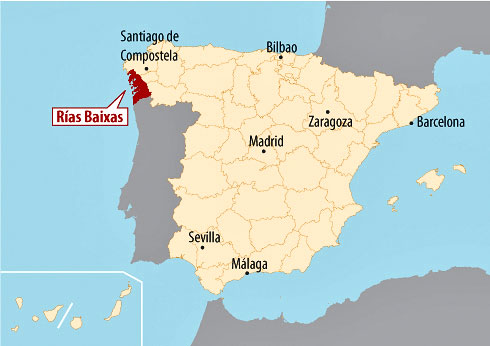
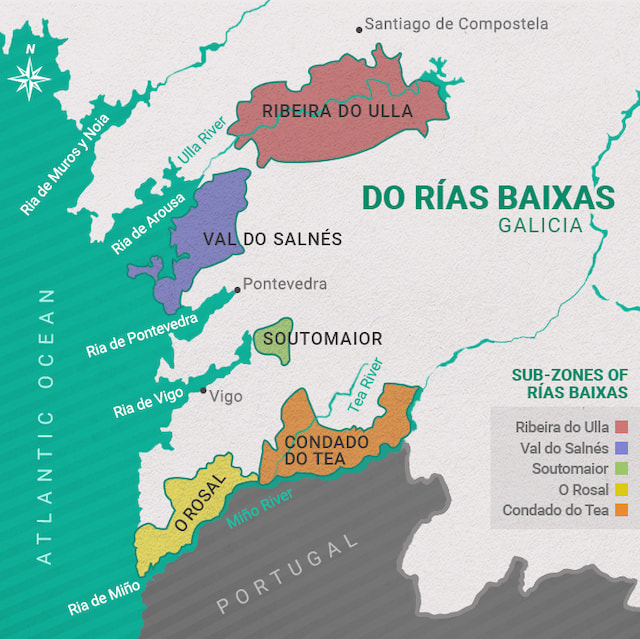
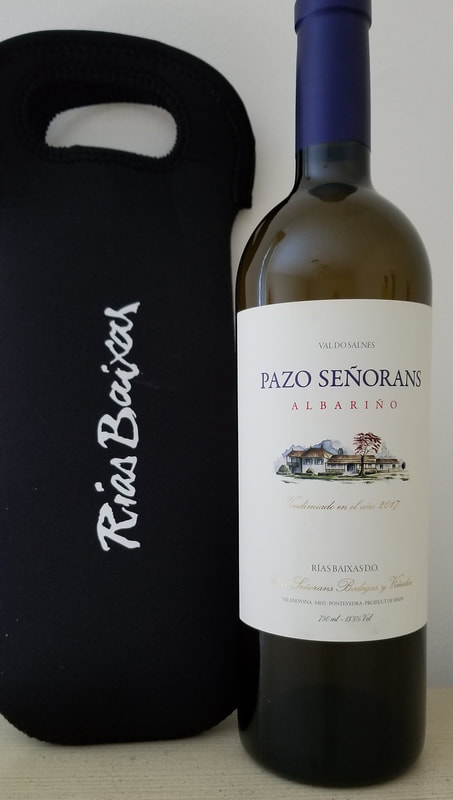

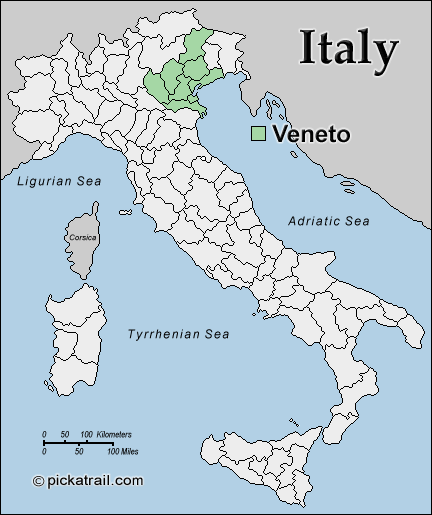
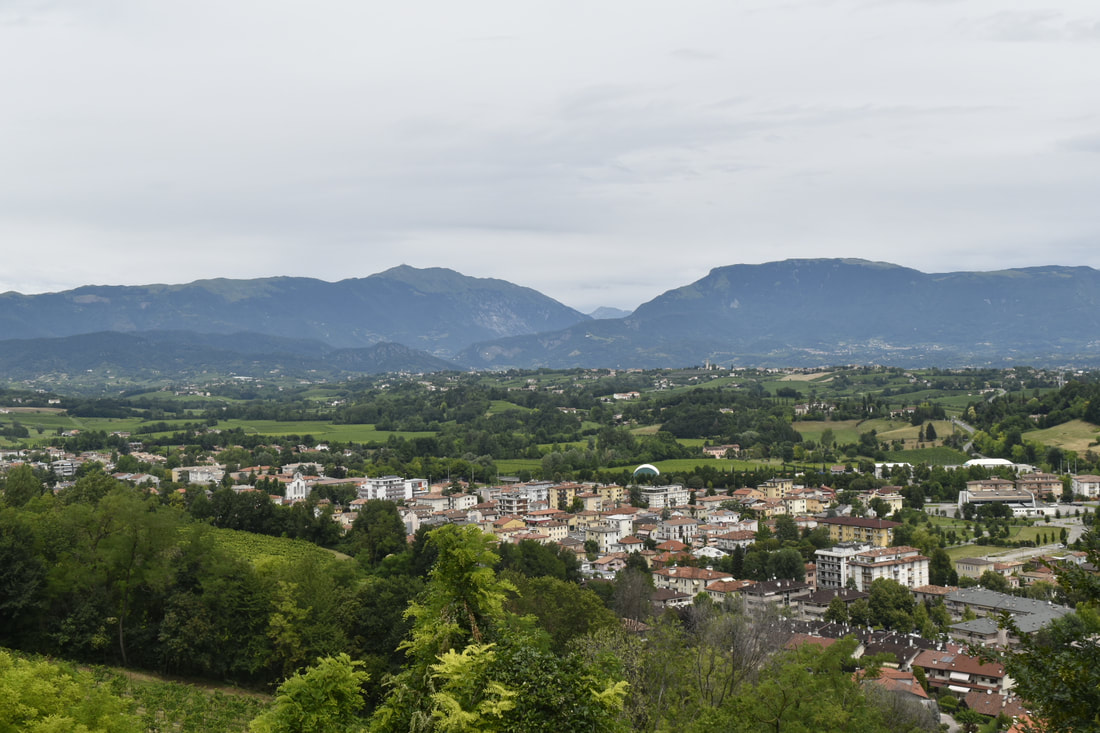
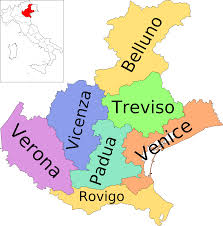
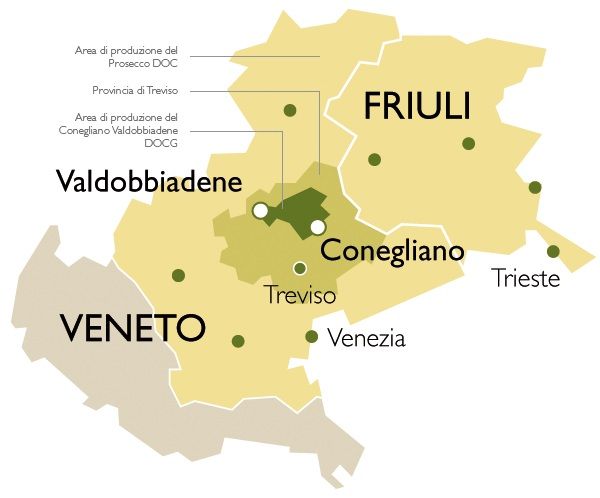
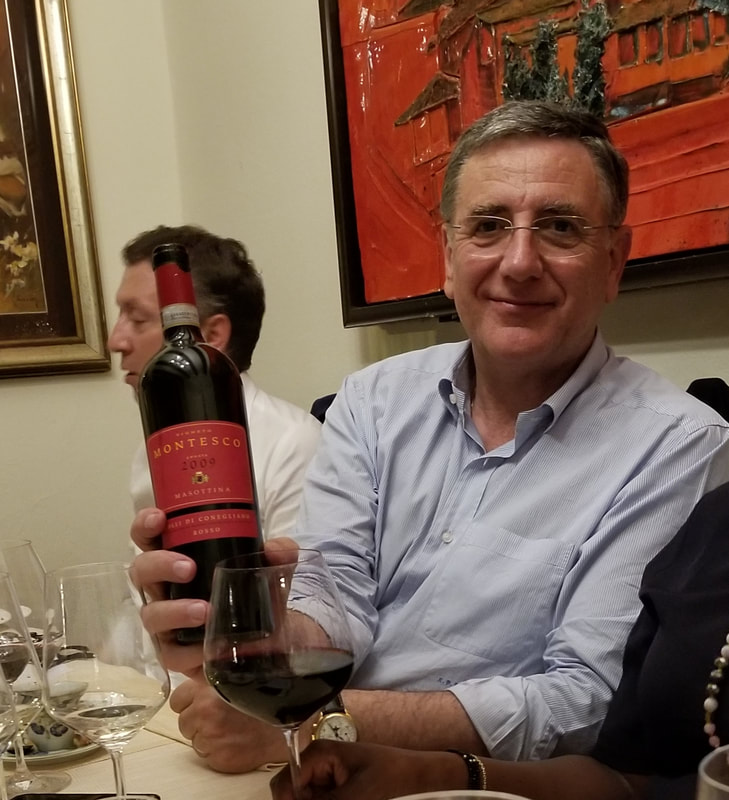
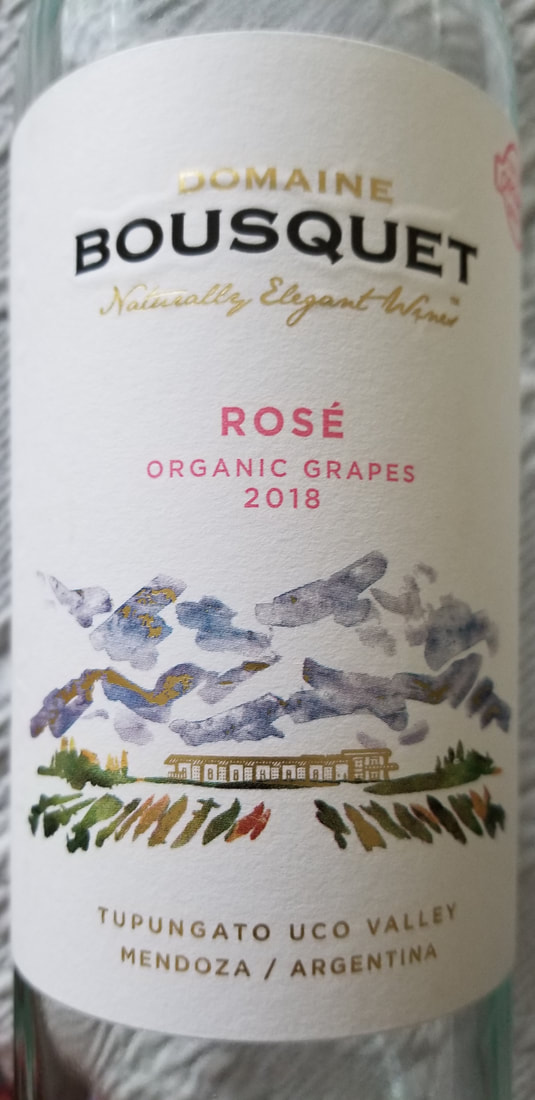
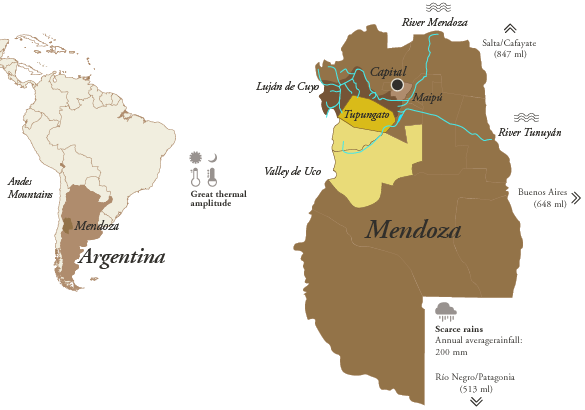
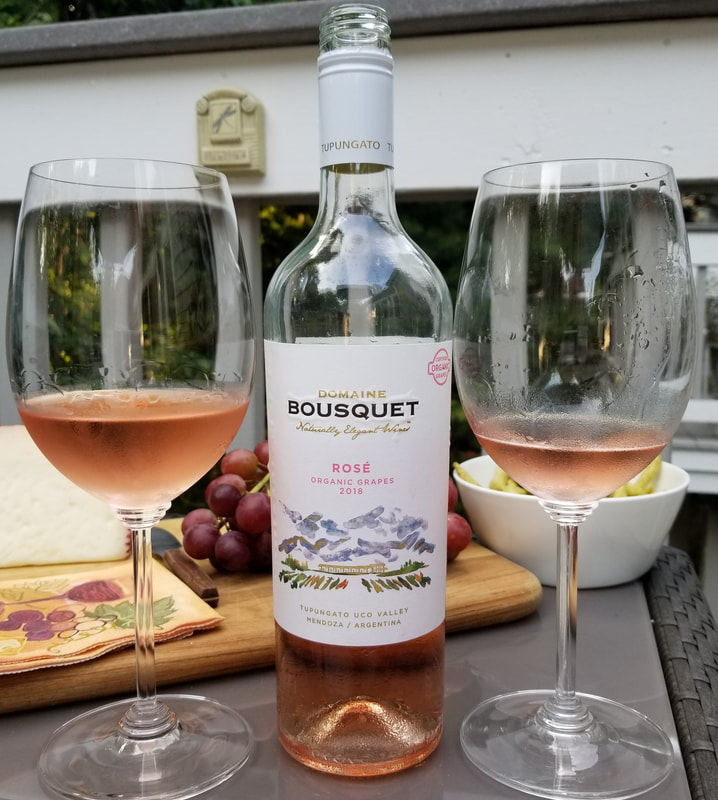
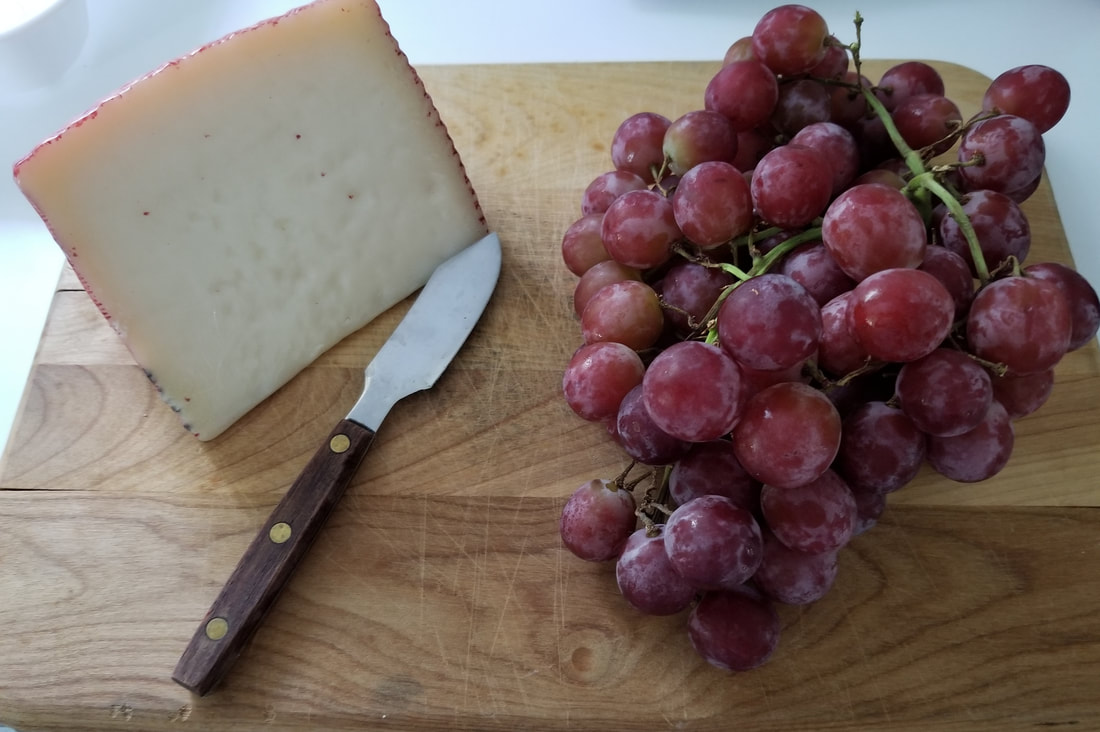
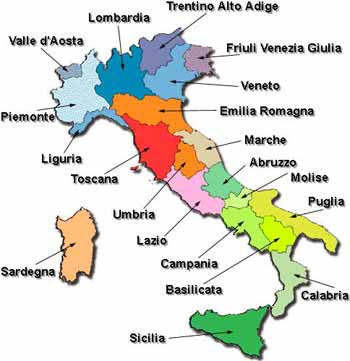
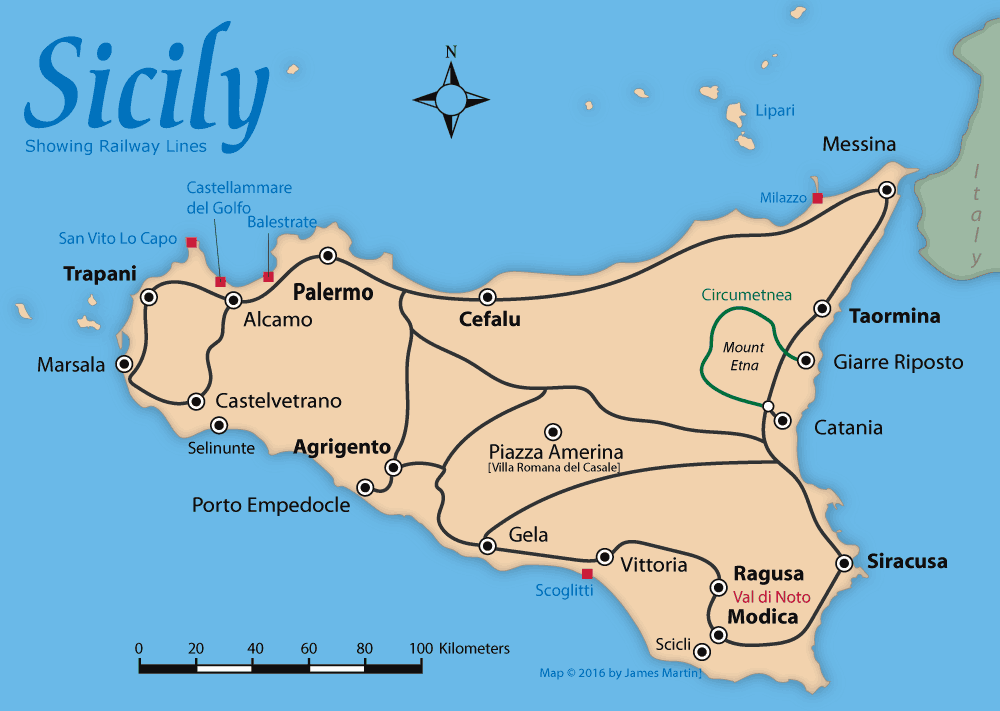
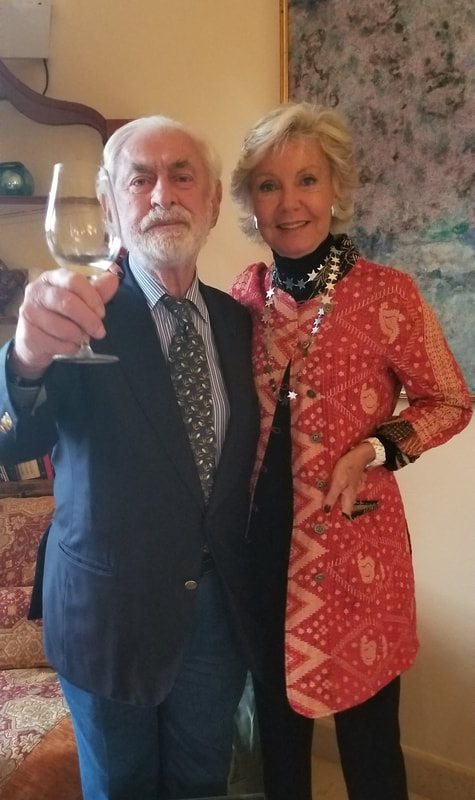
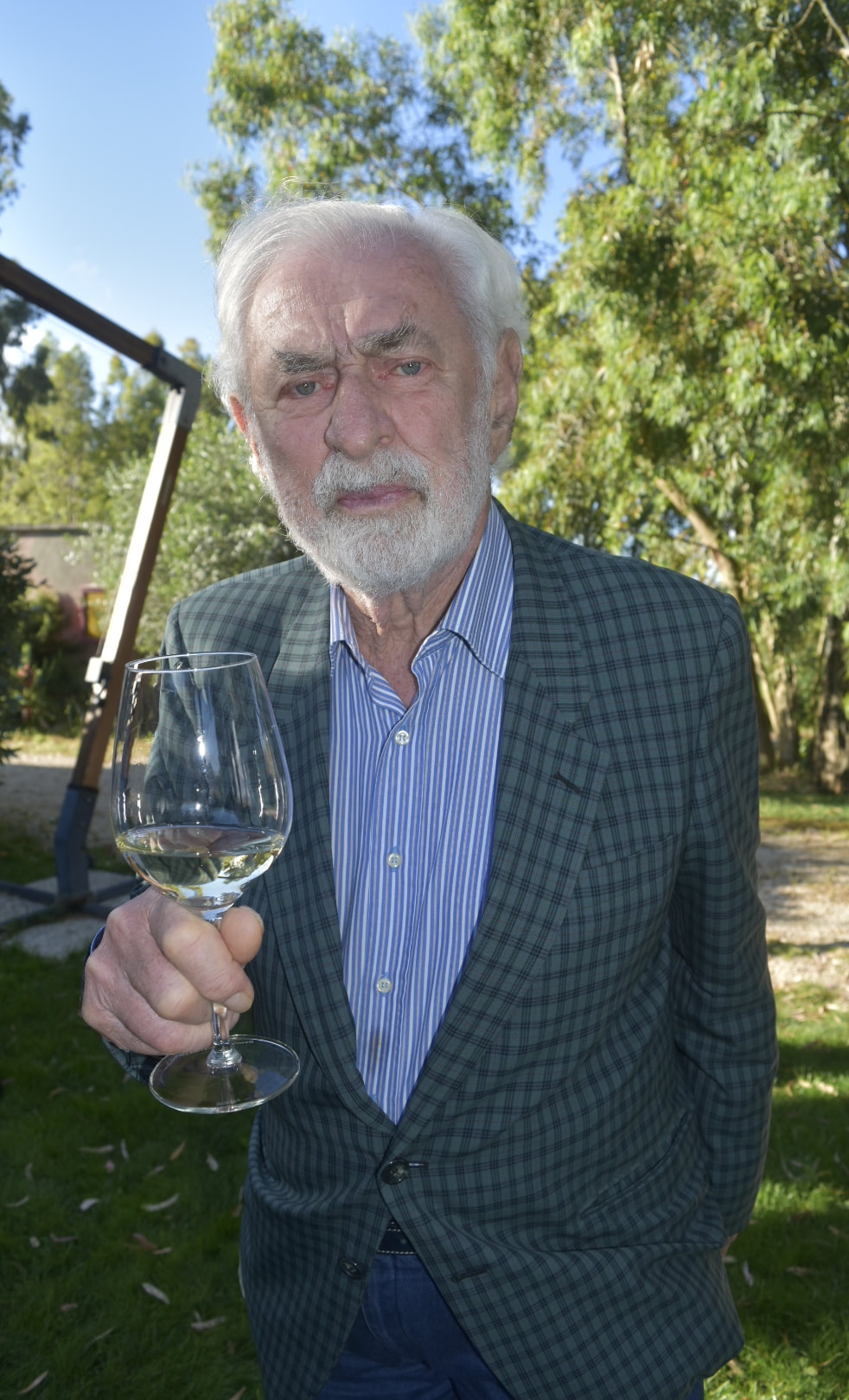
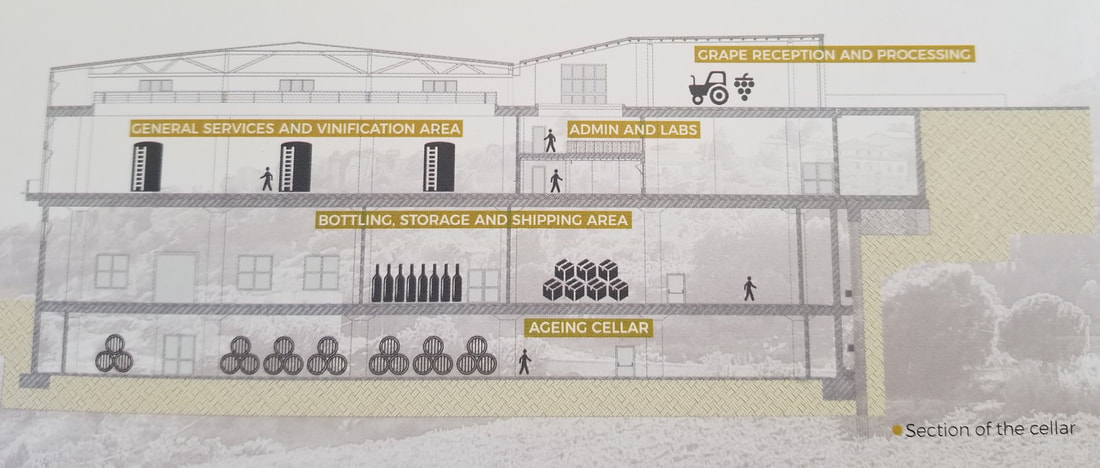
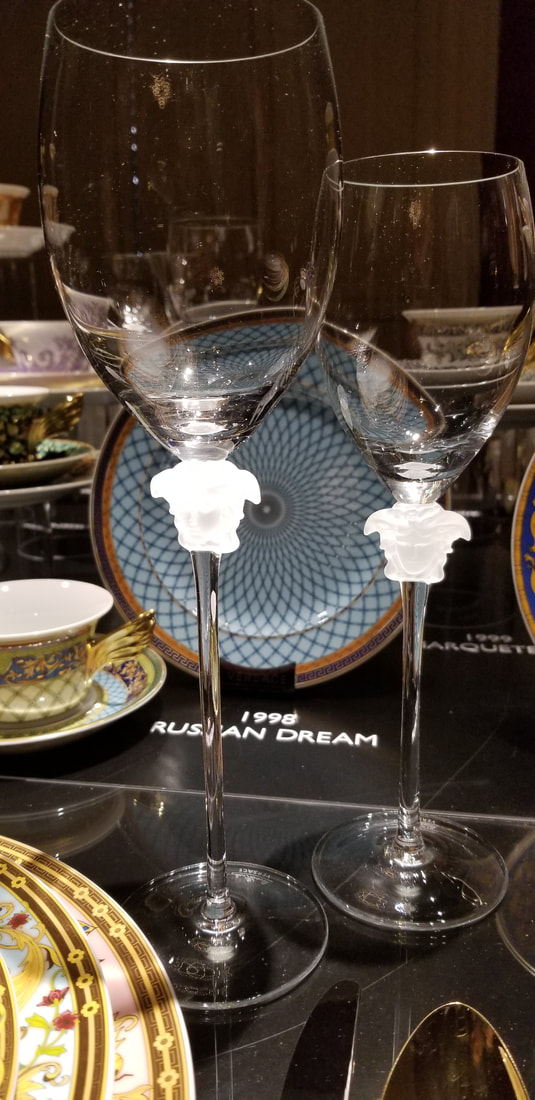
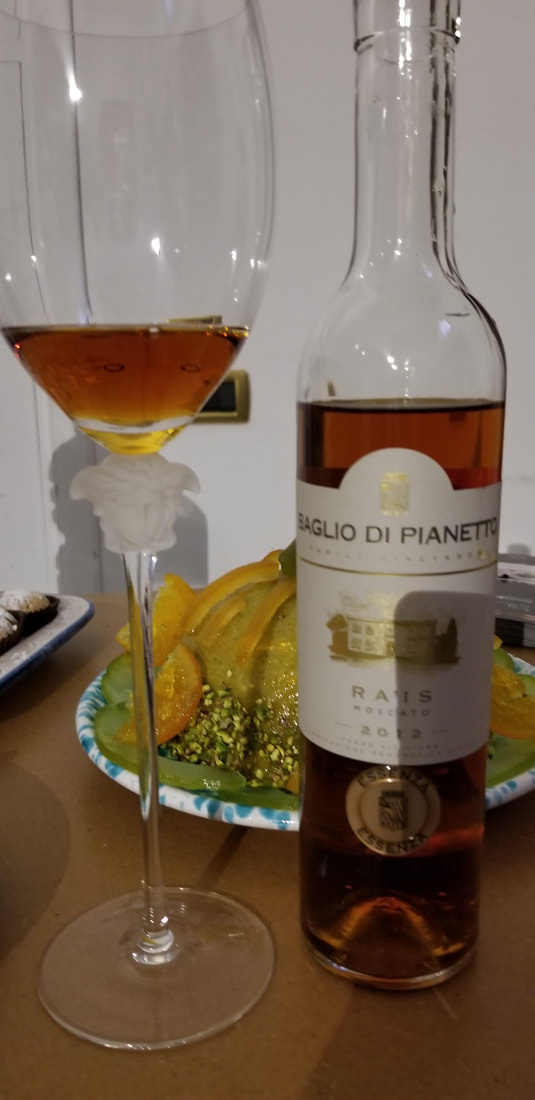
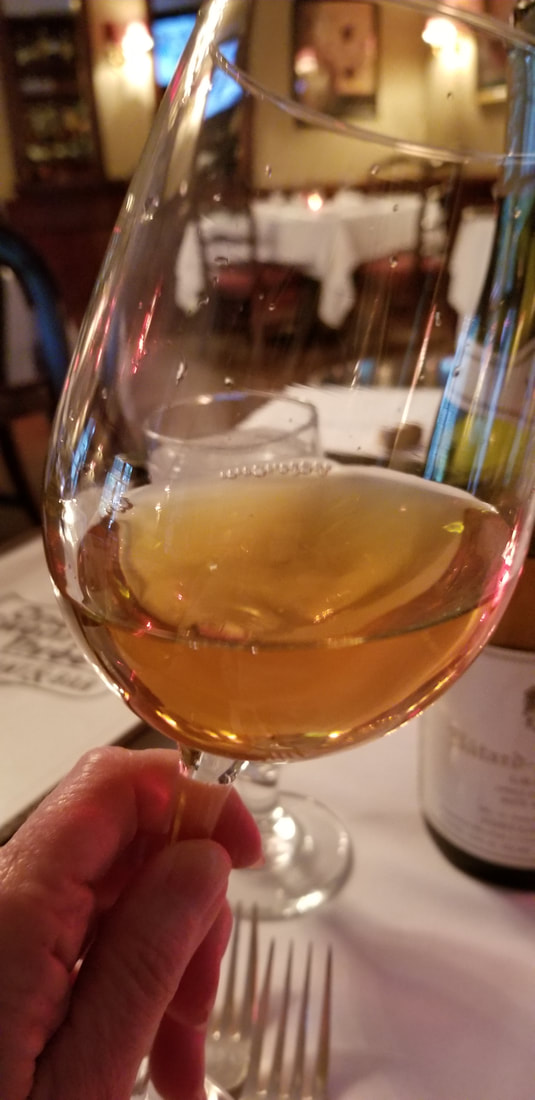
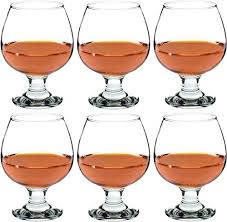
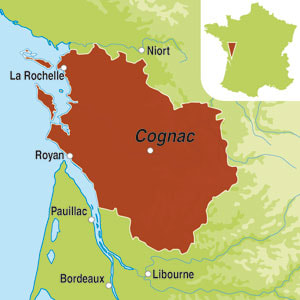
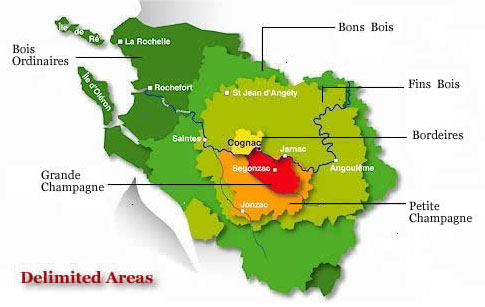

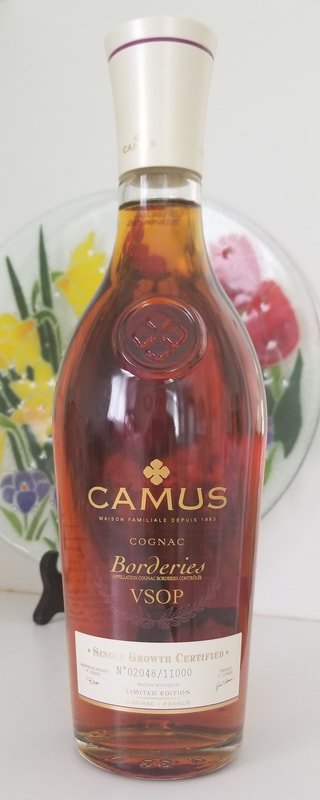
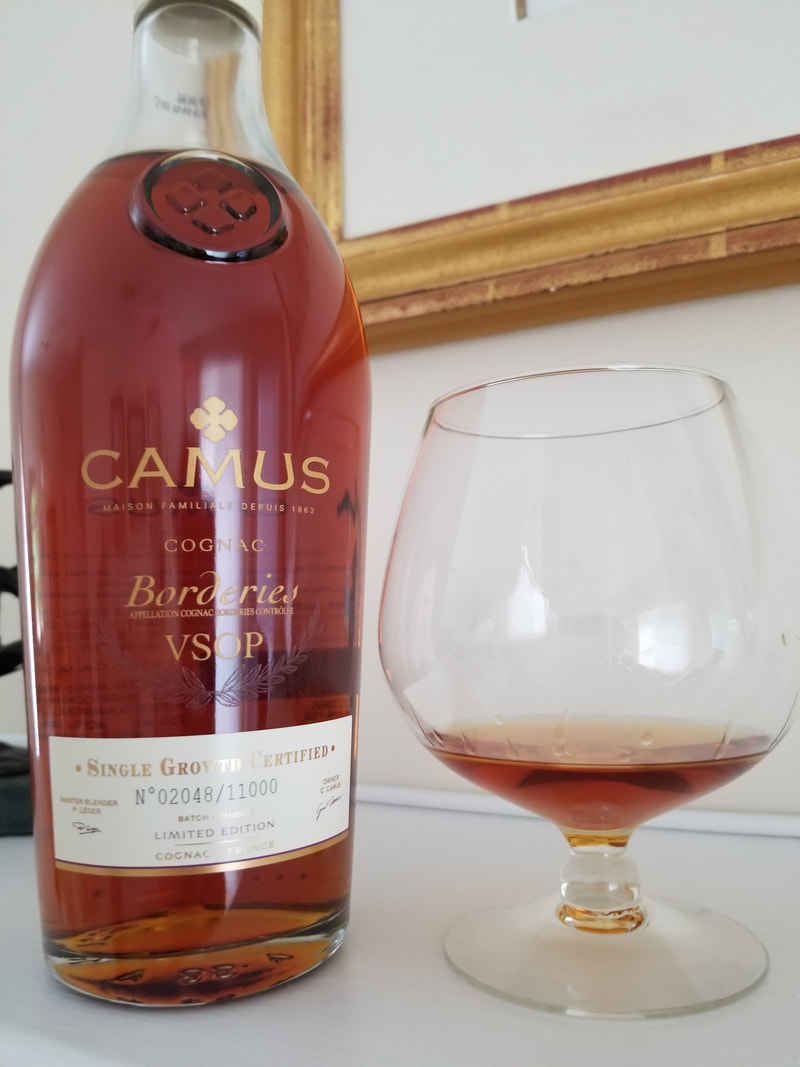
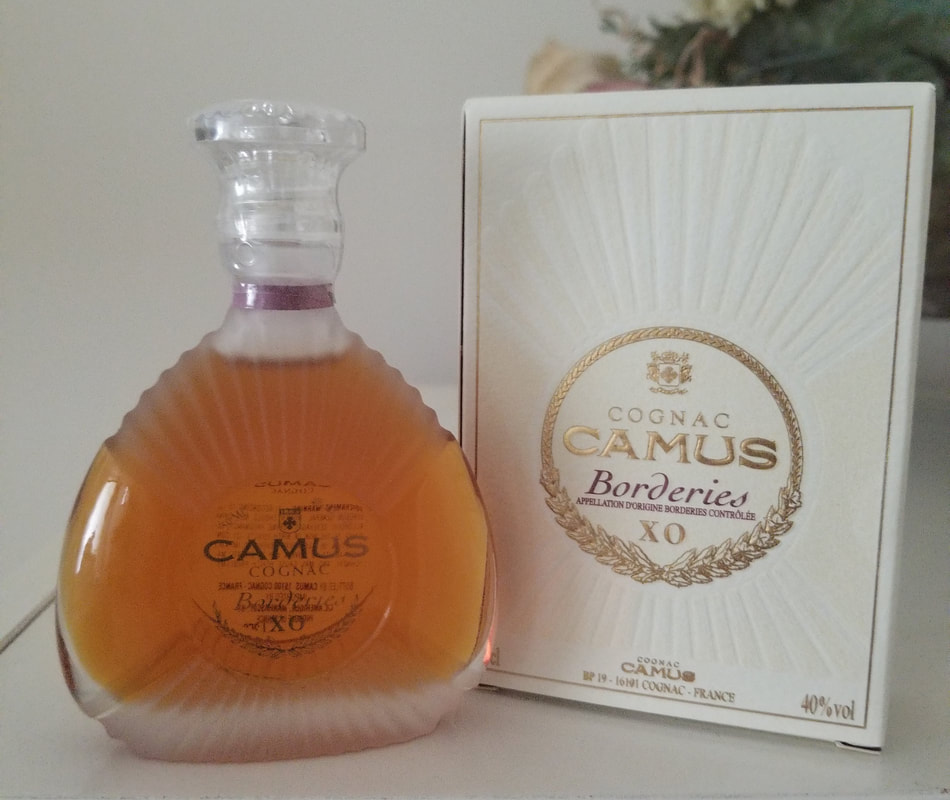
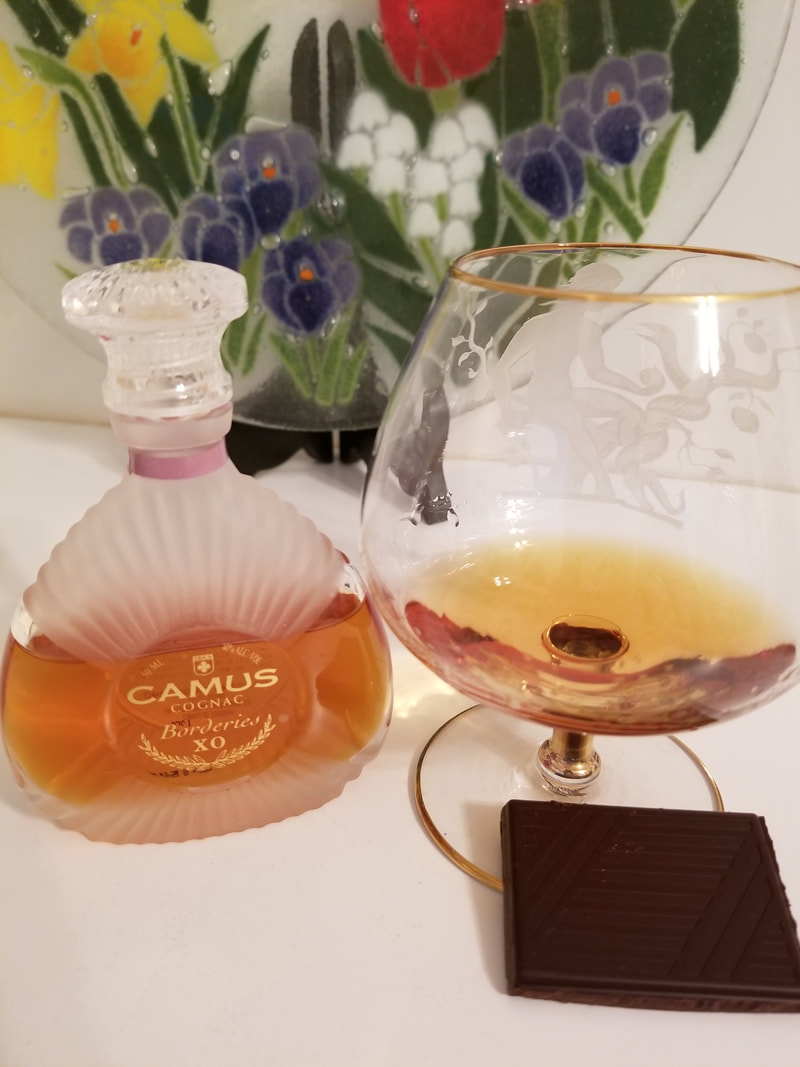
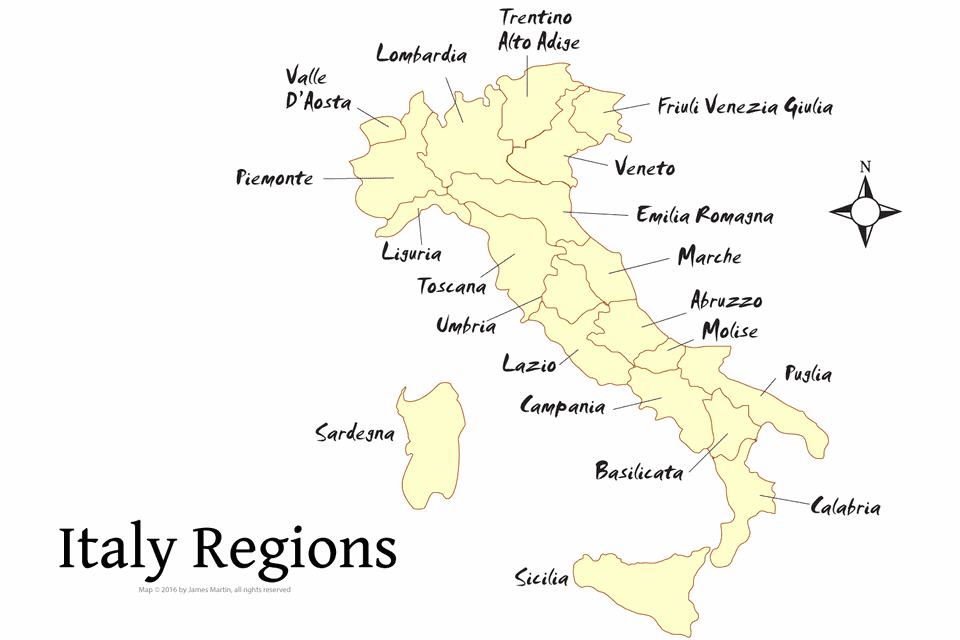

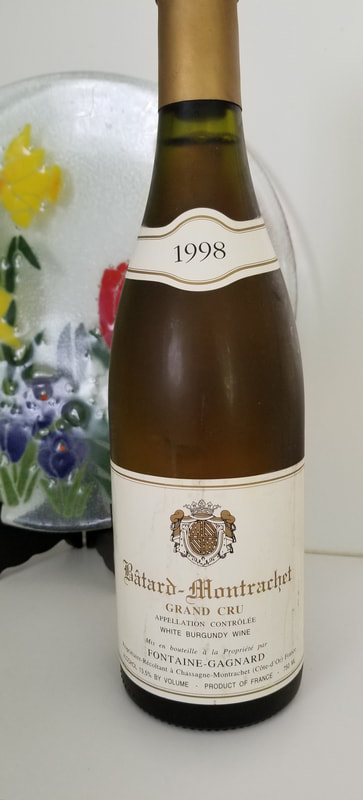
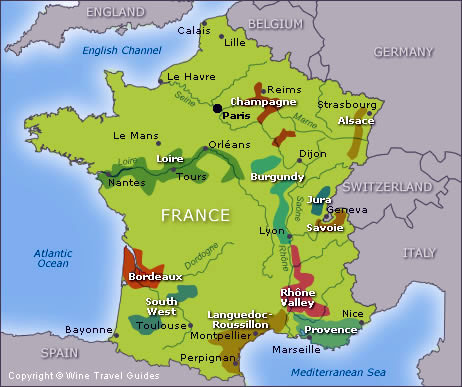
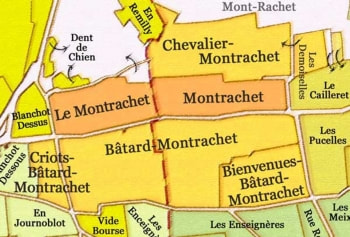
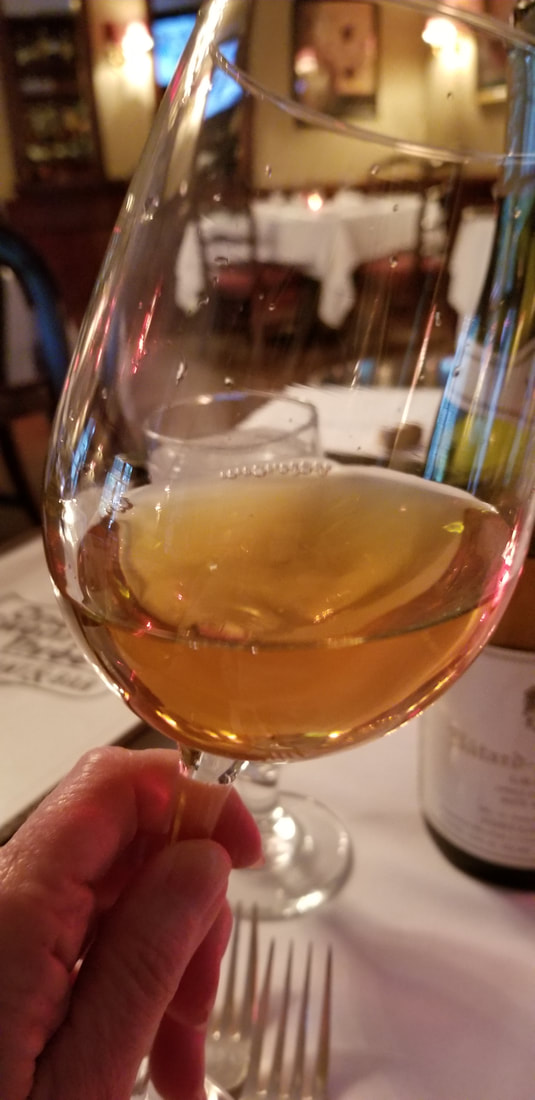
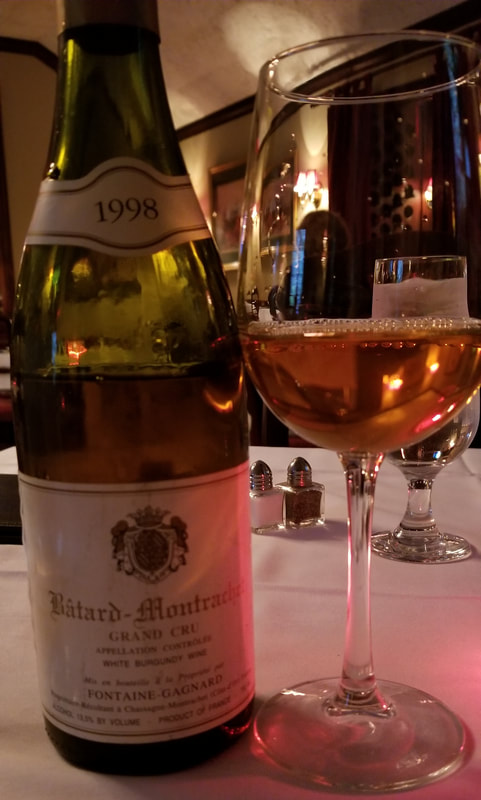
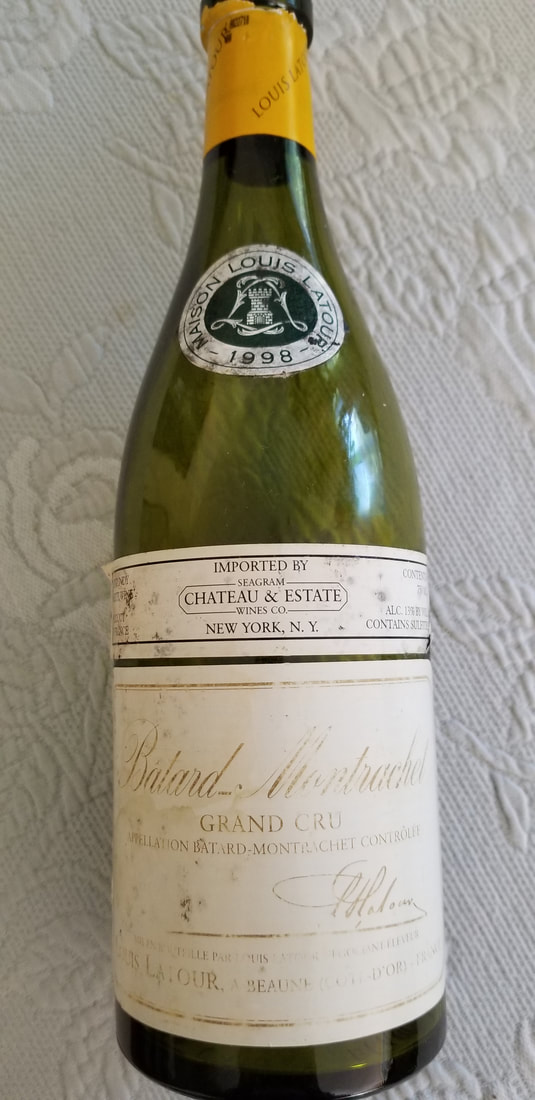
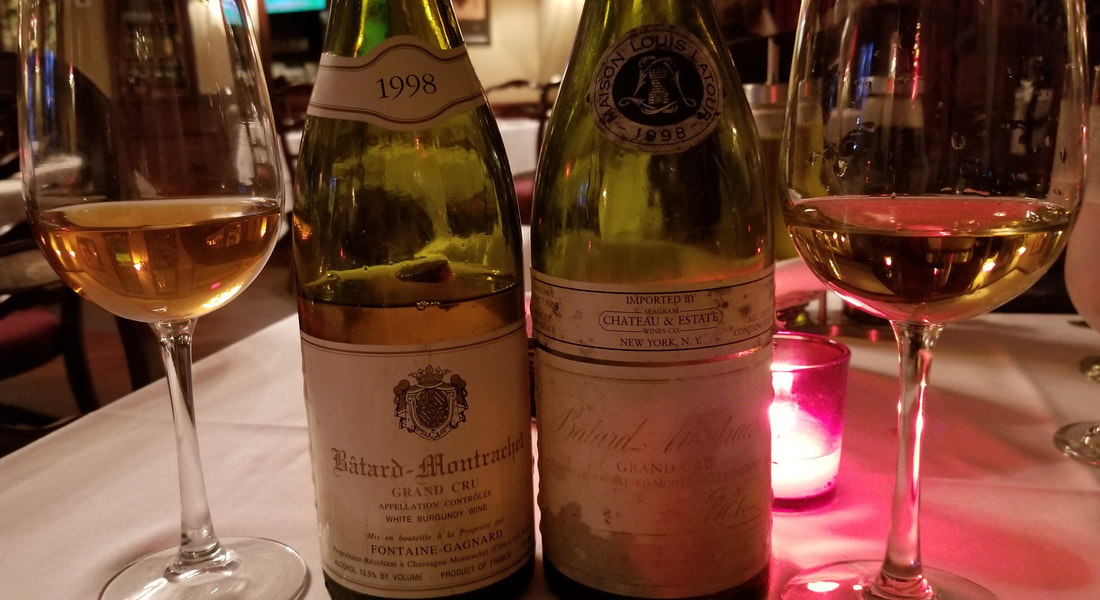
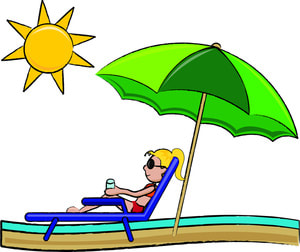
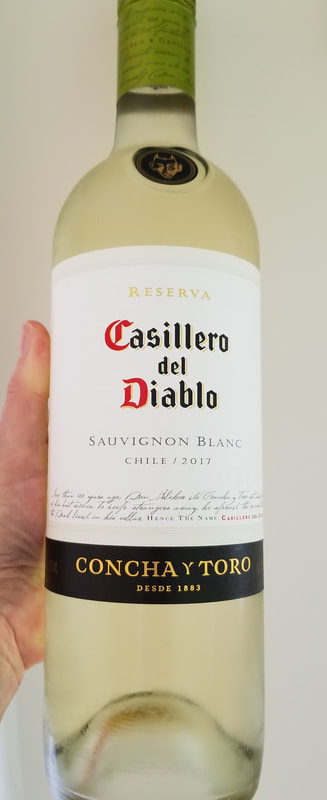
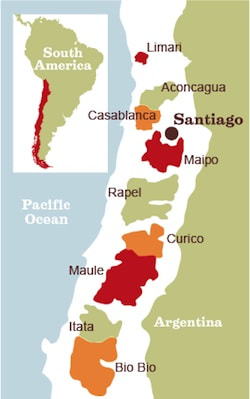
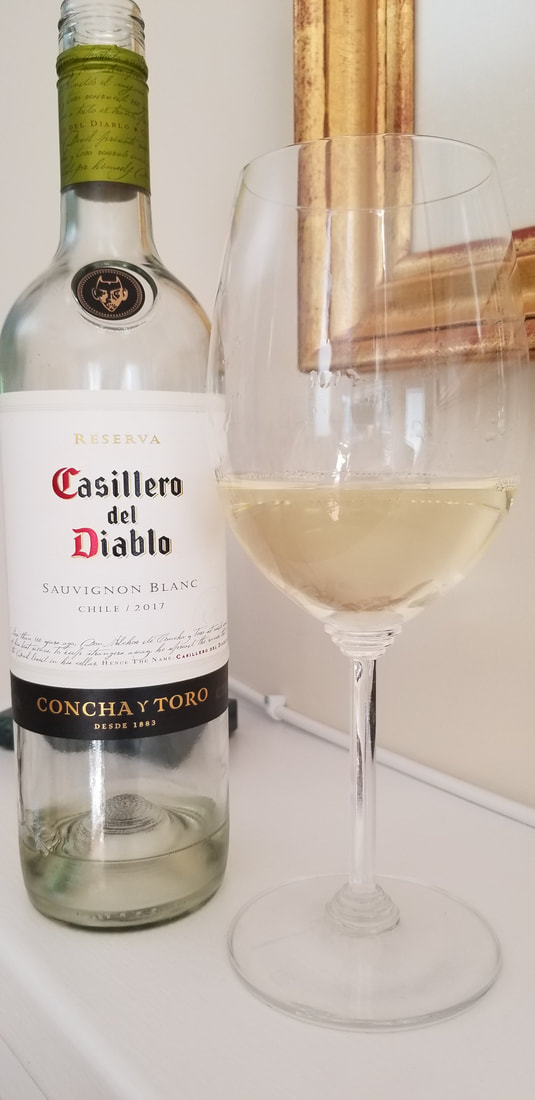
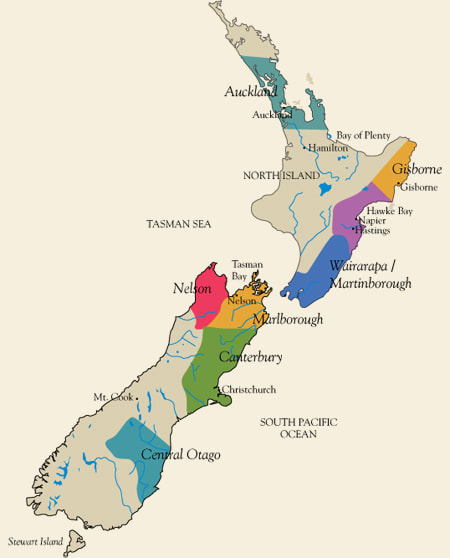
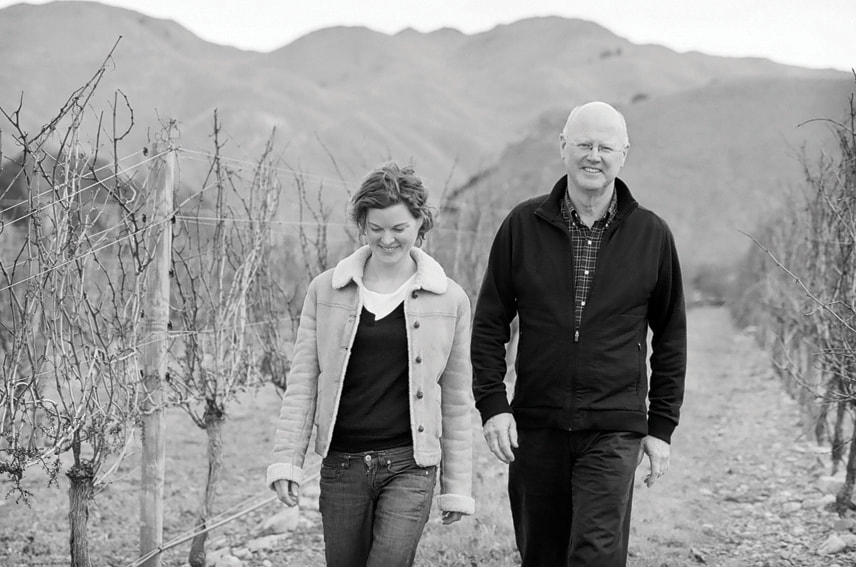
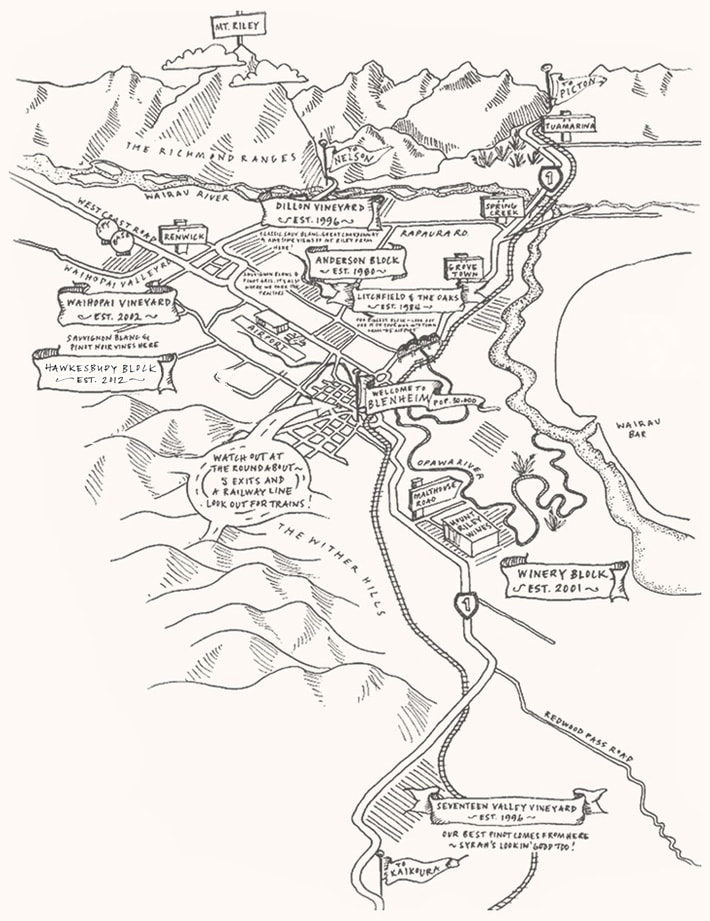
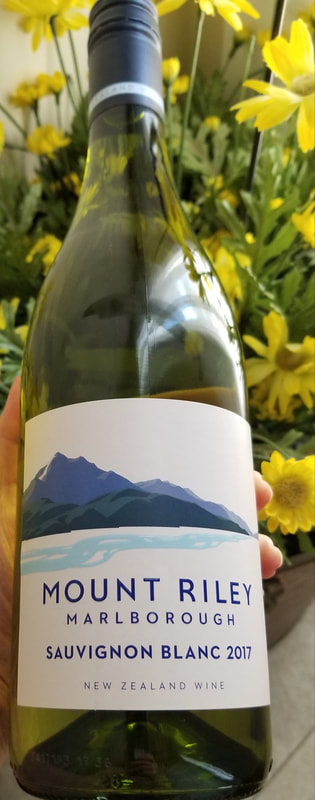
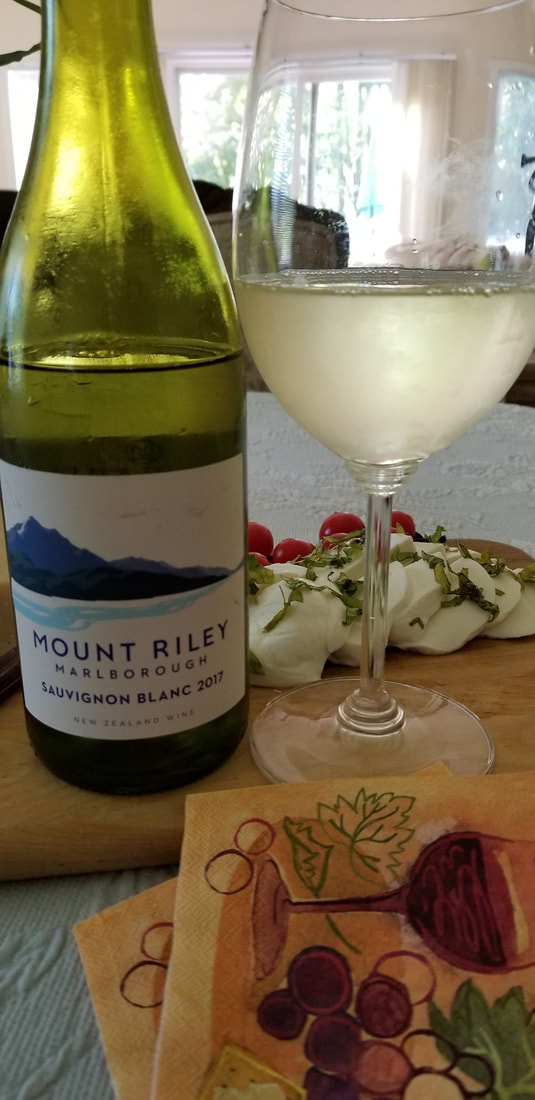

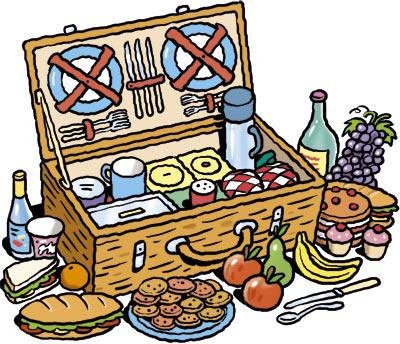
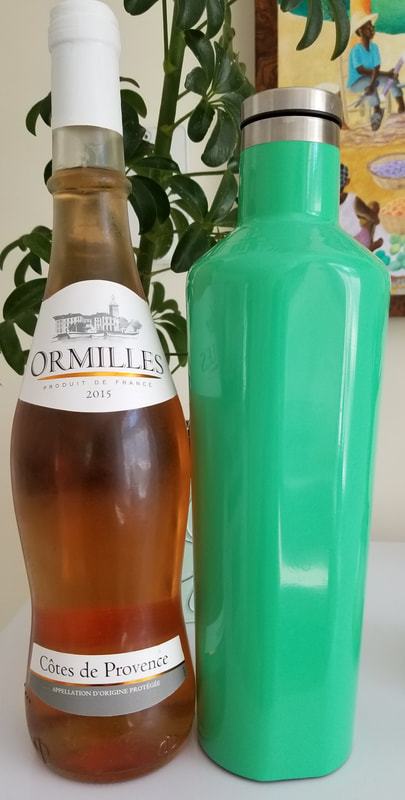
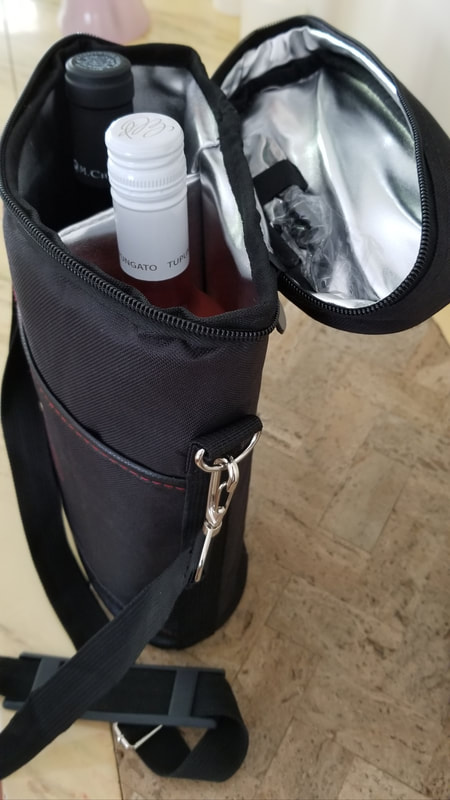
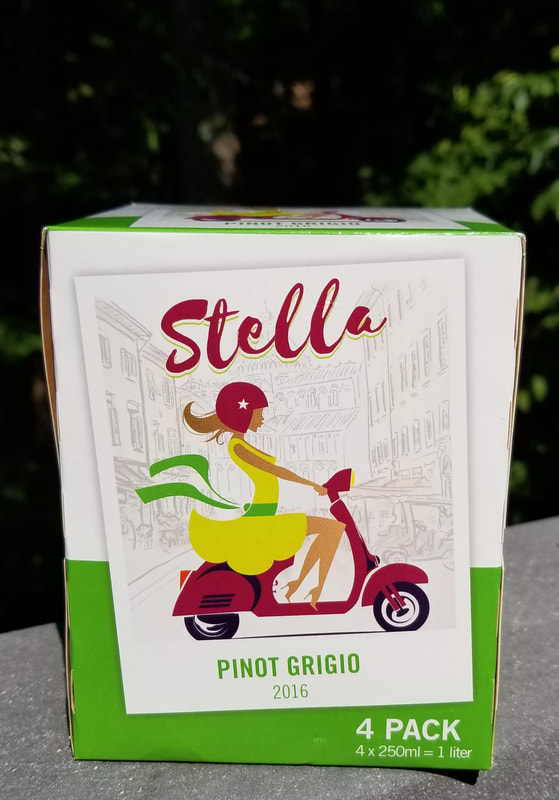

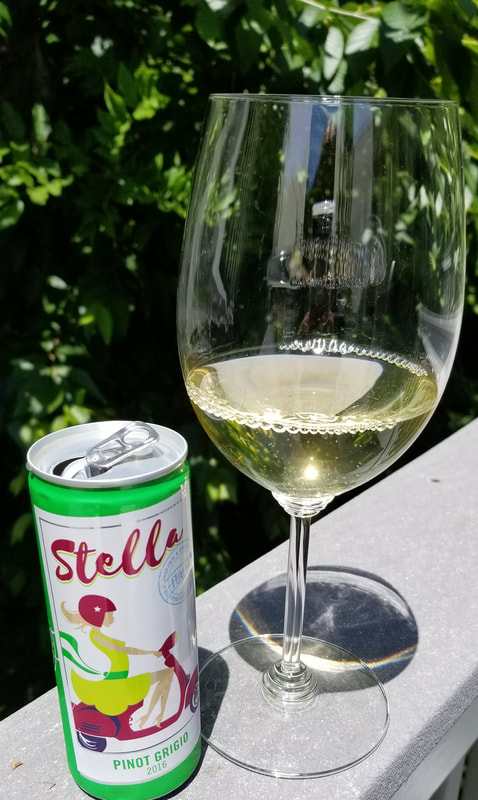
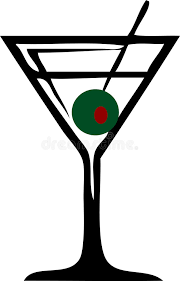

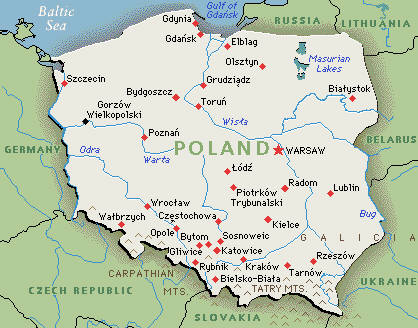
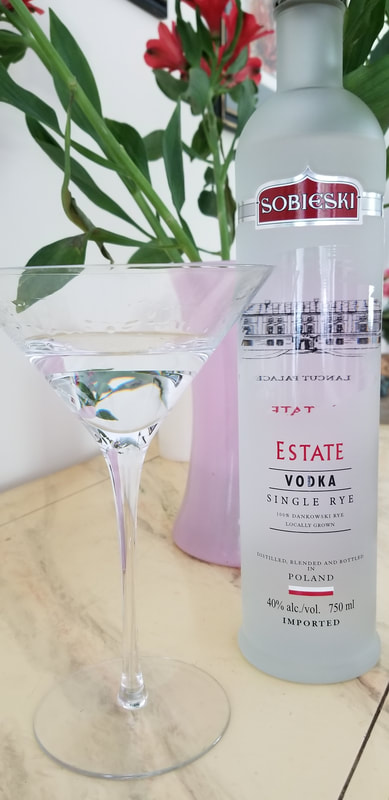
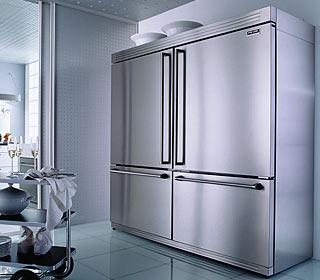
 RSS Feed
RSS Feed